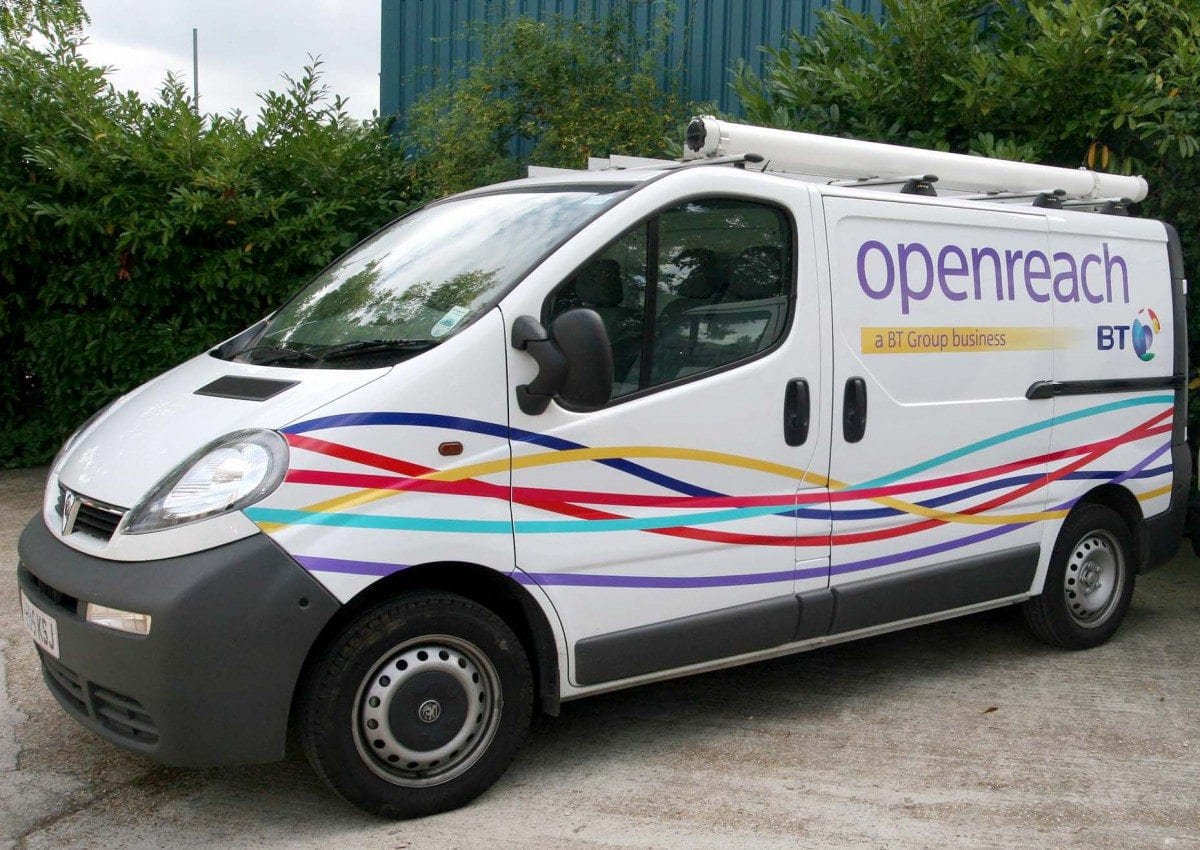What is SIP Trunking, and is it right for my business?
As individuals and enterprises prepare for the impending demise of old-school PSTN (Public Switched Telephone Network) and ISDN (Integrated Services Digital Network) telephone systems, there’s a lot of talk about the high-value alternatives that will soon become the norm: Voice over Internet Protocol (VoIP), and the joys of SIP trunking.
But what is SIP trunking? Or VoIP, for that matter? And what benefits will they bring for the business user?
In this article, we shall address those issues, starting with…
What is SIP Trunking?
To fully understand SIP trunking, we need to consider how it forms a link within a related set of technologies, starting with VoIP.
Now, VoIP or Voice over Internet Protocol provides a fully data-based alternative to traditional modes of providing telephony services. Unlike traditional telephone systems which send analogue voice information over physical cables and switches, VoIP converts analogue voice signals into digital electronic data, which can be transmitted just like any other form of digital information via the internet.
So VoIP telephony can occur wherever there’s a stable internet connection, and it can be delivered via any VoIP-compatible equipment – which would include mobile phones, computer systems with attached headsets and VoIP telephony software (a combination known as a “softphone”), dedicated VoIP handsets and desktop units, or even legacy telephone hardware that’s fitted with a VoIP conversion switch.
One of the leading methods for facilitating VoIP delivery is the Session Initiation Protocol, or SIP. SIP is a mechanism for starting up (initiating), managing, and ending a session of communications or digital data transfer between two or more parties. A “session” in this sense could mean a simple telephone call, but could equally be a fax transmission, or a full-blown telephone or video conference.
Just as in a traditional phone system (which requires a way to co-ordinate all the electrical and communications cables bundled together and distributed through a building), SIP-initiated Voice over Internet Protocol communications can occur over several channels, which require a way to organise these various “lines”. In both technologies, this organisation of channels is known as “trunking”. But SIP is a digital process, and SIP trunking achieves this result with virtual lines, using digital electronics and software.
SIP trunks are the connections providing voice, data, and multimedia services to your VoIP telephony system – and the means of connecting SIP-enabled telephony systems to telecoms service providers. But there’s no need for a physical connection to the phone company. SIP trunks are installed in data and software (i.e., virtually) over your existing internet or data connection, without the requirement for cabling or switching associated with traditional analogue phone lines.
Why is SIP Trunking Right for My Business?
The cables, switches and fittings associated with old-school telephony systems usually represent a significant capital and recurring expenditure for an enterprise – especially when coupled with the costs of acquiring, installing, and maintaining an on-premises private branch exchange or PBX. Dedicated physical connections incur charges for line rental, and trunking requires businesses to purchase channels in fixed blocks – irrespective of whether they’ll all be put into service, or not.
By contrast, SIP trunking achieves the link between provider and client virtually, using software and data connections. Businesses can use their existing Local Area Network (LAN), and data circuits such as DSL, Ethernet over Copper, Cable Modem, or T1, as SIP trunking simply requires a viable IP network path to the customer’s telephony system from the SIP provider. There are no physical lines to install or maintain.
Virtual delivery means that managing and scaling a SIP trunking system is a simpler and more efficient process. Having established your available network bandwidth and the number of simultaneous phone calls your business is likely to receive, an initial amount of SIP trunks may be determined. As your business needs expand or decline over time, this figure may be easily adjusted to as many trunks as required. SIP trunks may be added or removed individually, with no requirement to purchase them in blocks.
Installation, management, and maintenance savings aside, SIP trunking also attracts considerable reductions in operational and calling costs. VoIP telecommunications systems route calls via the internet, and for subscribers this typically translates to free calls between numbers within the same network (i.e., within the enterprise itself), and the charging of long-distance and international calls at local or close to local rates. Some providers even offer free international calling options. These concessions typically result in enterprise savings of 50% or more in comparison to the costs of traditional telephony.
The virtual nature of SIP trunking also translates into easier account and line management, and number portability. By making use of the re-routing and forwarding features offered by VoIP, business telephone numbers may be re-directed to locations where you don’t have a physical office – such as residential or mobile phones. This enables business people to maintain availability and a corporate presence (caller IDs can be configured to reflect your business phone numbers) at all times.
Re-routing and forwarding also ensures business continuity in the event of natural and man-made disasters, or security incidents that result in network downtime. Using a viable internet connection, calls and messages may be picked up from the numbers that you designate, on any VoIP/SIP-enabled device.
And the data-based digital technology of SIP trunks and VoIP systems make it possible to integrate voice and other kinds of information on the same platform, in what’s known as Unified Communications or UC. This enables businesses to integrate telephony functions with office productivity applications, document-handling, Instant Messaging, video conferencing, and collaboration platforms.
With the death knell already sounding for PSTN and ISDN, SIP trunking and VoIP technology are the way of the future. And there are compelling business reasons for adopting them, now.
If you’re ready to embrace VoIP and SIP trunking, or simply have further questions, please get in touch with LG Networks today.





